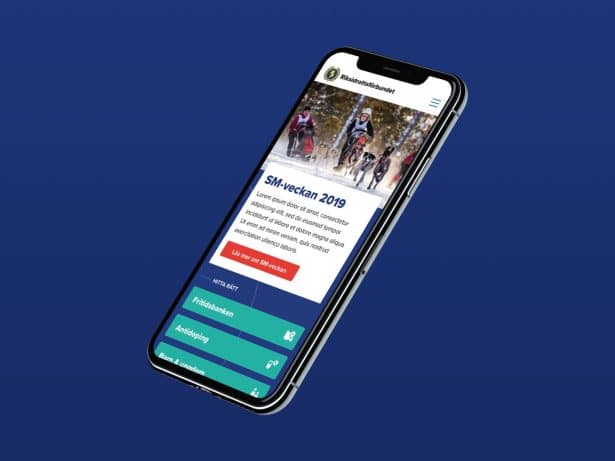What is an attribution model?
In today’s digital marketing, understanding how different platforms measure the value of conversions and interactions is crucial. This value is called attribution.
An attribution model in digital marketing is used to assign value to a campaign or ad for a conversion, such as a purchase, lead, or booking. Analyzing different models is essential because the customer journey can vary depending on the business, and different ads have different purposes.
Users often interact with multiple ads and channels before making a conversion. For example, a user might first see an ad on YouTube, then on Instagram Stories, sparking their interest. Later, they visit the company’s website directly and make a purchase. Several channels have contributed to the decision and conversion.
Attribution helps marketers understand which ads and channels drive results, but settings differ across platforms like Meta (Facebook and Instagram), LinkedIn, and Google Ads. In this article, we’ll explore how the different attribution models work on these platforms so you can optimize your campaigns effectively.
Meta offers flexible options
Meta (Facebook and Instagram) offers several attribution models (Meta Ads Attribution) to help marketers understand how their ads contribute to conversions.
Common attribution options for Meta
- Click-through : A "Click-through" occurs when a user converts (for example makes a purchase) after clicking on your ad on one of Meta’s platforms. You can choose between two time windows to attribute the conversion value: either a 1-day click or a 7-day click. The main difference between these options is how long Meta attributes an ad to a conversion. For example, if you choose the 7-day click attribution, Meta assigns the value to the ad if the user completes the purchase within seven days of clicking on it. This is called a "lookback period," and it allows you to adjust how long you want Meta to track the user’s activity after the ad interaction.
- View-through Conversion: A view-through conversion occurs when a user converts (makes a purchase) after seeing an ad.
- Engaged view: Is a relatively new setting Meta has introduced for video ads, where it analyzes whether the user watched at least 10 seconds of the video or 97% of the video if it’s shorter than 10 seconds. Both can only be set to a 1-day view, meaning only purchases made within one day after the user saw the video or ad are attributed to Meta for the conversion.
Advantages of Meta's system
Meta offers both click-based and view-based attribution, meaning you can attribute conversions to people who saw an ad but didn’t click on it. This provides a broader view of how brand awareness impacts conversions.
LinkedIn – Focus on B2B and professional impact
LinkedIn, a platform primarily used for B2B marketing, has a slightly different approach to attribution. The attribution settings are chosen when setting up a conversion (not at the campaign level like on Meta).
Common attribution options for LinkedIn
- Last Click: Similar to Meta, LinkedIn assigns the value to the last ad before a user converts. This is the most common attribution model, making it simple to understand.
- Campaign level: LinkedIn also allows conversions to be attributed to entire campaigns. This means that if a user interacts with multiple ads from a campaign before converting, the campaign—not an individual ad—receives the value.
Unique factors to consider on LinkedIn
Due to the platform’s focus on professional networking, its attribution is tailored for longer sales cycles and B2B transactions. This means users may be influenced by an ad but convert much later, so the last-click model may have its limitations if you’re not tracking a longer sales journey.
Amanda“The most important thing is not just to choose a model for reporting, but also for optimization. By testing different models and analyzing the results, you can gain deeper insights into what truly drives sales and conversions.”
SEM-specialist, Mild
Google Ads - Advanced and dynamic models
Google Ads offers one of the most sophisticated attribution models.
Common attribution options for Google Ads
- Last Click: Just like on Meta and LinkedIn, this model assigns value to the last clicked ad before the conversion.
- Data-driven: With Google’s AI-based model, machine learning is used to distribute the value based on each user’s unique journey. However, this requires a large enough data set to function optimally.
Google Ads no longer supports attribution models such as First Click, Time Decay, and Position-based. If you previously used any of these, they have now all been updated to Data-Driven Attribution. You can also choose to switch to the "Last Click" model, which is still available.
Advantages of the Google Ads system
Google offers more control and flexibility in how you attribute conversions, making it an excellent tool for gaining deeper insights into ad journeys across multiple interactions. Additionally, you can optimize at various levels, including search, display, and video.
How to choose the right attribution model
The choice of attribution model depends on your goals and the platform you are using for your campaign. For B2B marketers on LinkedIn, the Last Click model may be simpler to manage, while Meta and Google offer more sophisticated tools for those who want to dive deeper into the customer journey. Use data-driven attribution where possible to let the platform’s AI help you understand complex customer journeys. For simpler and quicker campaigns, Last Click may suffice.
By adjusting your attribution settings, you can get a better understanding of which ads and channels actually drive conversions and sales, helping you optimize your future marketing efforts.


